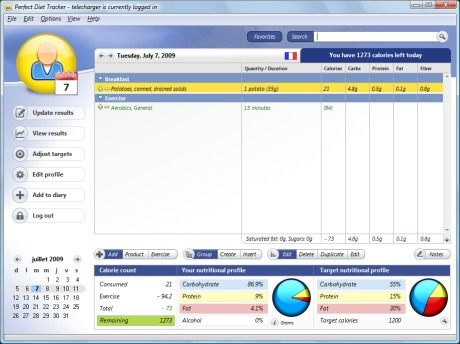

Not all apps make it easy to track these other nutrients, and some aren’t very accurate even when they do. But for others I work with, it might be protein, fiber, saturated fat, sodium, etc., that they’re tracking as they work toward other health goals.” “For many people, it’s calories, and lots of apps are tailored to this. The second feature Cochrane recommends considering is which nutrients you’re trying to track. More choices mean it’s more likely to be an easier task to log your foods.”
PERFECT DIET TRACKER VERIFICATION
"Many apps have a verification process for entries that will help in making sure what you’re choosing best matches what you’ve actually eaten. This Food Diary is perfect for me, its travel friendly, it fits in my bag, and the cover protects the book from dust & splashes of water. “First, evaluate how large and how accurate the database is in the app," she advises. With a comprehensive list of recipes and meal plans, Lifesum also includes barcode scanning and macro tracking to see your daily nutrition and calories. There are two main features to think about when trying to find one that works for you, Cochrane adds. Lifesum is a food-tracking app built on the idea that observing small habits can make a difference toward meeting nutritional goals. “Everyone has their preference when using these apps,” says Samantha Cochrane, a registered dietitian at the Ohio State University Wexner Medical Center in Columbus. New apps are being created all the time, and it may take some trial and error to find the one that works best for you. While a simple notebook and pencil can do the trick for some people, there are now a wide variety of free and paid apps on the market to help dieters keep track of their foods.


 0 kommentar(er)
0 kommentar(er)
